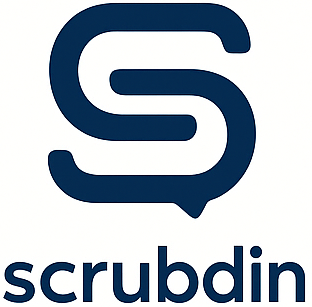Assalamualaikum everyone,
I would like to present a summary of a recently published article in the NEJM titled "Early versus Later Anticoagulation for Stroke with Atrial Fibrillation."
Introduction:
The timing of anticoagulation initiation in patients with atrial fibrillation remains uncertain, despite the proven benefits of direct oral anticoagulants (DOACs) in reducing the risk of ischemic stroke and systemic embolism. There is a dilemma regarding when to begin anticoagulation treatment. Starting early could potentially increase the risk of intracranial hemorrhage, while delaying initiation might raise the chances of early stroke recurrence. Certain guidelines propose a "1-3-6-12-day rule" for the commencement of anticoagulation therapy following a transient ischemic attack or different severities of ischemic stroke. According to this rule, anticoagulation may be initiated at 1, 3, 6, or 12 days after a transient ischemic attack or a minor, moderate, or severe ischemic stroke, respectively.
This trial was conducted at 103 stroke centers in Europe, the Middle East, and Asia. It involved randomly assigning 2,032 participants diagnosed with atrial fibrillation during their s hospitalization for stroke to either early or late anticoagulation. The median age was 77 years, and 45 percent were females. Patients who were receiving therapeutic anticoagulation at baseline were excluded from the trial.
In the study, early treatment referred to the administration of a DOAC within 48 hours of stroke onset for individuals with minor or moderate strokes. For those with major strokes, early treatment meant initiation on day 6 or 7. On the other hand, later treatment was defined as the initiation of a DOAC on day 3 or 4 after stroke onset for participants with a minor stroke, on day 6 or 7 for participants with a moderate stroke, and on day 12, 13, or 14 for participants with a major stroke. The site investigators used imaging conducted before randomization and a standardized visual rating scheme to determine the size of the infarct, categorizing it as minor, moderate, or major.
The main outcome measured in the study was a combination of various events within 30 days after randomization. These events included recurrent ischemic stroke, systemic embolism, major extracranial bleeding, symptomatic intracranial hemorrhage, or vascular death.
The results of the study showed that the incidence of the composite of stroke, systemic embolism, hemorrhage, or death at 30 days was estimated to range from 2.8 percentage points lower to 0.5 percentage points higher. Specifically, 1.4% of participants in the early-treatment group had recurrent ischemic strokes, while 2.5% in the later-treatment group experienced the same. Systemic embolism was observed in 0.4% and 0.9% of participants in the early and later treatment groups, respectively. The occurrence of symptomatic intracranial hemorrhage was approximately 0.2% in both treatment groups, indicating a low frequency.
Despite the current practice of delaying anticoagulation in patients with ischemic stroke based on expert consensus, the data from the study show that the incidence of symptomatic intracranial hemorrhage is low with early anticoagulation when imaging-based classification is used.
I have attached the origin article for you should you wish to read further.

